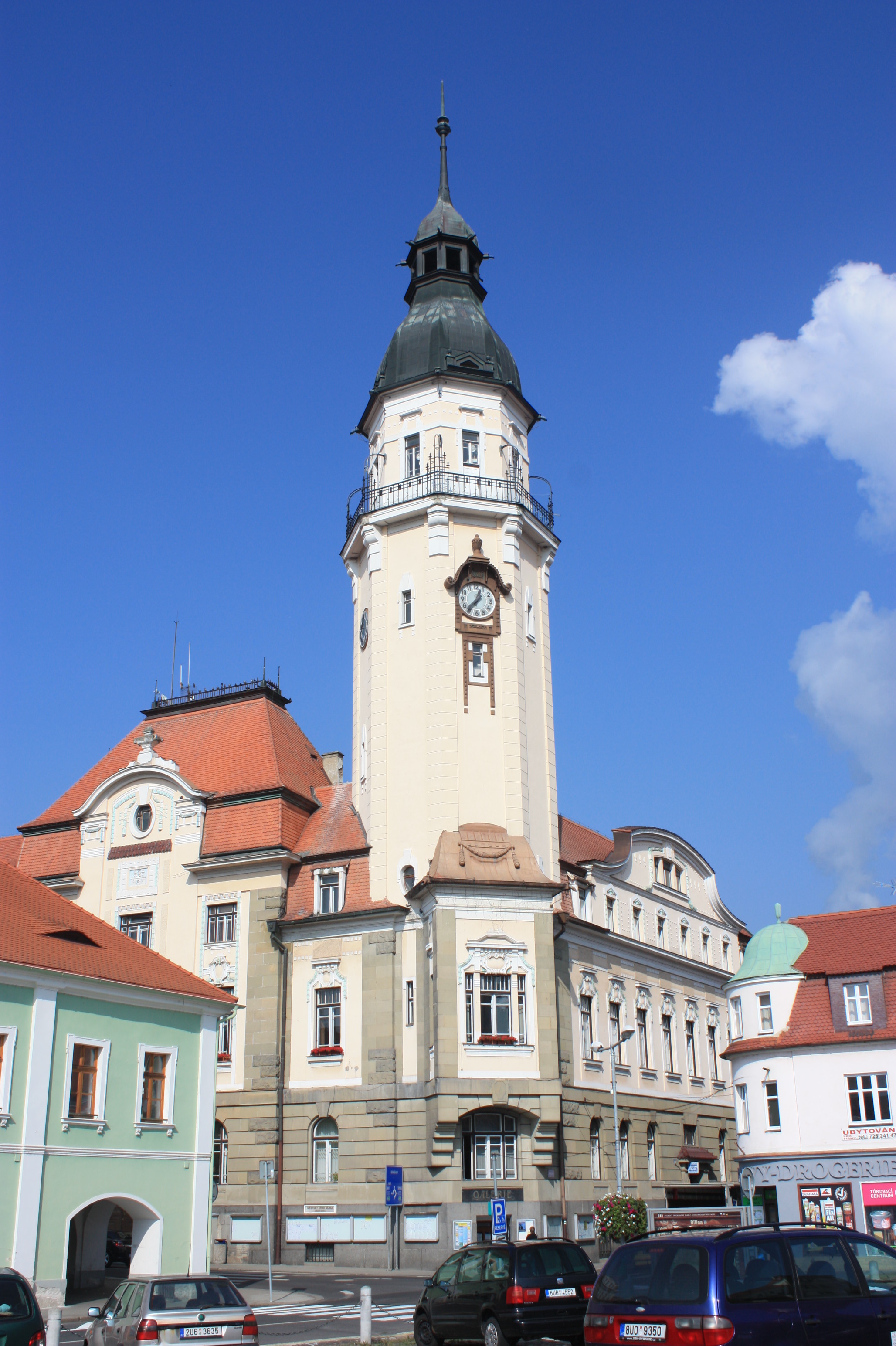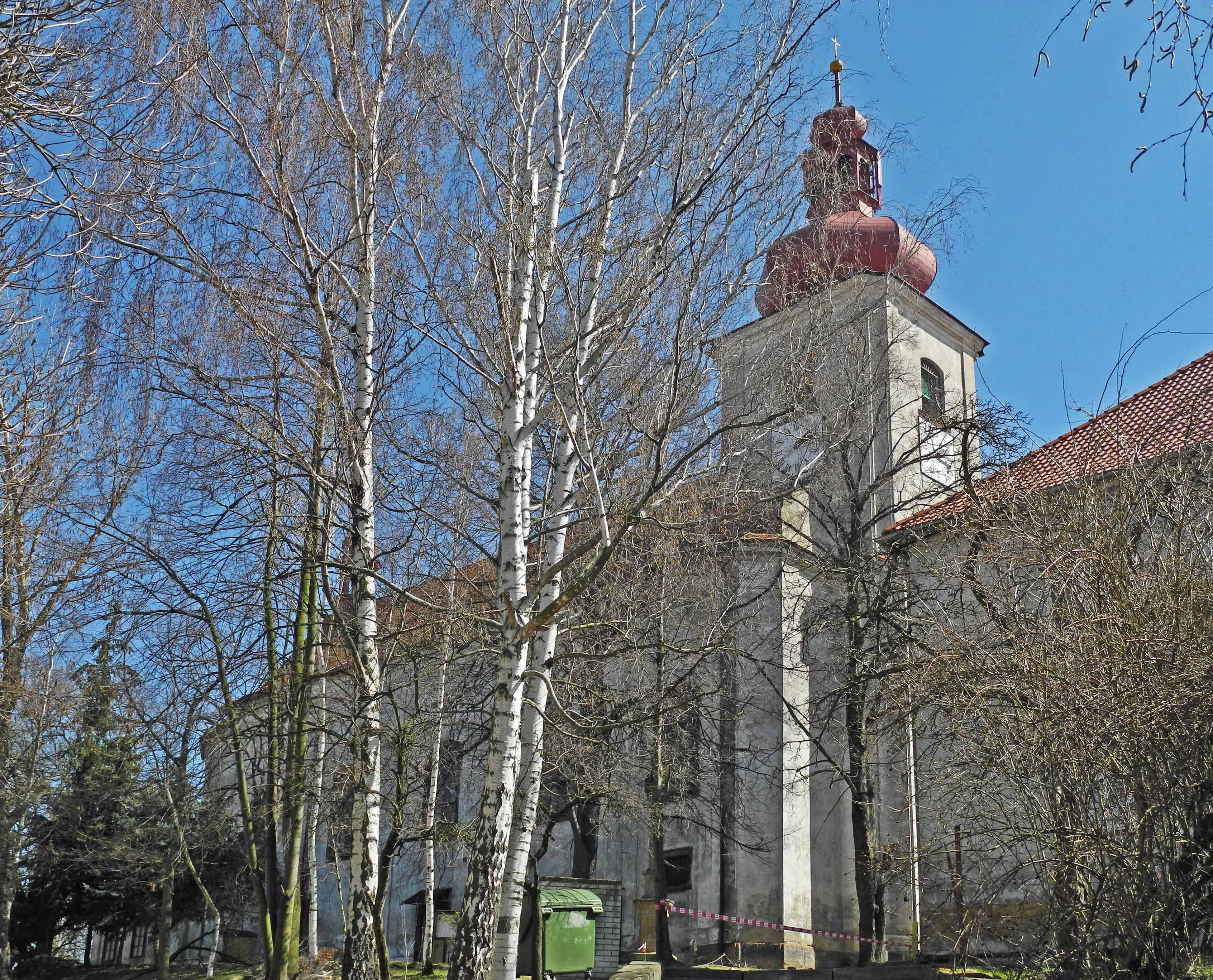|
1st Army (Czechoslovakia)
The 1st Army was a field army of the Czechoslovak People's Army, active from 1958-65 and 1969–1991. In its second formation its headquarters was in Pribram. In the 1980s the force included the 1st Tank Division (Czechoslovakia), 1st Tank Division (:cs:1. tanková divize (Československo)), 2nd Motor Rifle Division (Czechoslovakia), 2nd Motor Rifle Division, 19th Motor Rifle Division (Czechoslovakia), 19th Motor Rifle Division, and 20th Motor Rifle Division (Czechoslovakia), 20th Motor Rifle Division, as well as many smaller units, including the 321st Army Missile Brigade (Czechoslovakia), 321st Army Missile Brigade. The 1st Army was disbanded on 1 December 1991. Role of the Prague Spring By the early 1960s, Czechoslovak president and Communist Party head, Antonin Novotny, grew concerned that the military opposed increasing involvement in the Warsaw Pact. Accordingly, he moved to reorganize the CPA and reassign several generals. In 1965, Novotny reorganized the 1st Army into t ... [...More Info...] [...Related Items...] OR: [Wikipedia] [Google] [Baidu] |
Field Army
A field army (or numbered army or simply army) is a military formation in many armed forces, composed of two or more corps and may be subordinate to an army group. Likewise, Air army, air armies are equivalent formation within some air forces, and within a navy the comparable notion is that of a Naval fleet, fleet. A field army is composed of 300,000 to 600,000 troops. History Specific field armies are usually named or numbered to distinguish them from "army" in the sense of an entire national land military force. In English language, English, the typical orthography, orthographic style for writing out the names field armies is Numeral (linguistics), word numbers, such as "First Army"; whereas corps are usually distinguished by Roman numerals (e.g. I Corps) and subordinate formations with ordinal number (linguistics), ordinal numbers (e.g. 1st Division). A field army may be given a geographical name in addition to or as an alternative to a numerical name, such as the British Ar ... [...More Info...] [...Related Items...] OR: [Wikipedia] [Google] [Baidu] |
Czechoslovak 1st Army 1989
Czechoslovak may refer to: *A demonym or adjective pertaining to Czechoslovakia (1918–93) **First Czechoslovak Republic (1918–38) ** Second Czechoslovak Republic (1938–39) **Third Czechoslovak Republic (1948–60) **Fourth Czechoslovak Republic (1960–89) ** Fifth Czechoslovak Republic (1989–93) *''Czechoslovak'', also ''Czecho-Slovak'', any grouping of the Czech and Slovak ethnicities: **As a national identity, see Czechoslovakism **The title of Symphony no. 8 in G Major op. 88 by Antonín Dvořák in 1889/90 *The Czech–Slovak languages, a West Slavic dialect continuum **The Czechoslovak language, a theoretical standardized form defined as the state language of Czechoslovakia in its Constitution of 1920 **Comparison of Czech and Slovak See also * Slovak Republic (other) * Czech Republic (other) The Czech Republic is a nation state in Europe. Czech Republic may also refer to: *Czech Republic (European Parliament constituency) *Czech Socialist Re ... [...More Info...] [...Related Items...] OR: [Wikipedia] [Google] [Baidu] |
Bílina
Bílina (; german: Bilin) is a town in Teplice District in the Ústí nad Labem Region of the Czech Republic. It has about 14,000 inhabitants. It is known for its spas and as a source of the strongly mineralized water, Bílinská kyselka. The town centre is well preserved and is protected by law as an urban monument zone. Administrative parts Bílina is made up of six town parts: Bílina, Chudeřice, Mostecké Předměstí, Pražské Předměstí, Teplické Předměstí and Újezdské Předměstí. Etymology The name of the town originates from the adjective "white" (''bielý'' in Old Czech). The term ''Bielina'' ("white/bald place") is etymologically derived either from fact there was an area without any wood or from sparkling waters of the river Bílina (formerly called Bělá). Geography Bílina is located about south of Teplice and northeast of Most. It lies on the border between the Most Basin and Central Bohemian Uplands. It is situated in the valley of the Bíl ... [...More Info...] [...Related Items...] OR: [Wikipedia] [Google] [Baidu] |
Podbořany
Podbořany (; german: Podersam) is a town in Louny District in the Ústí nad Labem Region of the Czech Republic. It has about 6,200 inhabitants. The town is known for producing hops. Administrative parts Town parts and villages of Buškovice, Dolánky, Hlubany, Kaštice, Kněžice, Letov, Mory, Neprobylice, Oploty, Pšov, Sýrovice and Valov are administrative parts of Podbořany. Geography Podbořany is located about southwest of Louny and east of Karlovy Vary. It lies mostly in the Most Basin, but a small western part of the municipal territory extends into the Doupov Mountains and includes the highest point of Podbořany at above sea level. The Dolánecký Stream flows through the town. History According to archaeological research, Slavs, Slavic tribes lived here before the 10th century, and there was an important Slavic Gord (archaeology), gord on the nearby Rubín hill. Some researchers even identify Rubín with the mythical Wogastisburg, which was the scene of the Battle ... [...More Info...] [...Related Items...] OR: [Wikipedia] [Google] [Baidu] |
9K33 Osa
The 9K33 ''Osa'' (, literally "wasp"; NATO reporting name SA-8 ''Gecko'') is a highly mobile, low-altitude, short-range tactical surface-to-air missile system developed in the Soviet Union in the 1960s and fielded in 1972. Its export version name is Romb. Development Design work on an entirely new, self-propelled air defense guided missile system began in 1960 and was assigned to the Moscow-based () research and design institute under lead designer M.M. Kosichkin. The program initially suffered numerous delays and setbacks due to poorly formulated performance and tactical requirements, as this was a pioneering battlefield air defense system with no equivalents in existence at the time, and no doctrinal experience with such a weapon. P.M. Chukadov was assigned project leader in 1965 after a thorough review of the stalled program. The Osa had service acceptance in 1972 after a period of trials. Description The Osa was the first mobile air defense missile system incorporating it ... [...More Info...] [...Related Items...] OR: [Wikipedia] [Google] [Baidu] |
9K52 Luna-M
The 9K52 ''Luna-M'' (russian: Луна; en, moon, NATO reporting name FROG-7) is a Soviet short-range artillery rocket system which fires unguided and spin-stabilized 9M21 rockets. It was originally developed in the 1960s to provide divisional artillery support using tactical nuclear weapons but gradually modified for conventional use. The 9K52 was eventually succeeded by the OTR-21 Tochka. Description Originally called the 3R-11 and 9R11, the 9M21 is a solid fuel rocket with four off-angle vernier chambers immediately behind the warhead section. When the main engine section ignites, the verniers activate to start spinning the rocket to improve stability and accuracy. At range, the 9M21 has a nominal CEP (circular error probable) of 400 meters.Soviet/Russian Armor and Artillery Design Practices: 1945-1995. (1995). United States: Marine Corps Intelligence Activity. V-57Soviet/Russian Armor and Artillery Design Practices: 1945-1995. V-58 Western intelligence estimated th ... [...More Info...] [...Related Items...] OR: [Wikipedia] [Google] [Baidu] |
OTR-21 Tochka
OTR-21 ''Tochka'' (russian: оперативно-тактический ракетный комплекс (ОТР) «Точка» (" point"); en, Tactical Operational Missile Complex "Tochka") is a Soviet tactical ballistic missile. Its GRAU designation is 9K79; its NATO reporting name is SS-21 Scarab. It is transported in a 9P129 vehicle and raised prior to launch. It uses an inertial guidance system. The OTR-21 forward deployment to East Germany began in 1981, replacing the earlier Luna-M series of unguided artillery rockets. Description The OTR-21 is a mobile missile launch system, designed to be deployed along with other land combat units on the battlefield. While the 9K52 Luna-M is large and relatively inaccurate, the OTR-21 is much smaller. The missile itself can be used for precise strikes on enemy tactical targets, such as control posts, bridges, storage facilities, troop concentrations and airfields. The fragmentation warhead can be replaced with a nuclear, biological ... [...More Info...] [...Related Items...] OR: [Wikipedia] [Google] [Baidu] |
Terezín
Terezín (; german: Theresienstadt) is a town in Litoměřice District in the Ústí nad Labem Region of the Czech Republic. It has about 2,800 inhabitants. It is a former military fortress composed of the citadel and adjacent walled garrison town. The town centre is well preserved and is protected by law as an urban monument reservation. Terezin is most infamously the location of the Nazis' notorious Theresienstadt Ghetto. Administrative parts Villages of České Kopisty, Nové Kopisty and Počaply are administrative parts of Terezín. Geography Terezín is located about south of Litoměřice and southeast of Ústí nad Labem. It lies in a flat landscape of the Lower Eger Table. It is situated on both banks of the Ohře River, near its confluence with the Elbe. The Elbe forms the northern municipal border. History On 10 January 1780, the Habsburg emperor Joseph II ordered the erection of the fortress, named ''Theresienstadt'' after his mother Empress Maria Theresa. In the ti ... [...More Info...] [...Related Items...] OR: [Wikipedia] [Google] [Baidu] |
BMP-1
The BMP-1 is a Soviet amphibious tracked infantry fighting vehicle, in service 1966–present. BMP stands for ''Boyevaya Mashina Pyekhoty 1'' (russian: link=no, Боевая Машина Пехоты 1; БМП-1), meaning "infantry fighting vehicle, 1st serial model". The BMP-1 was the first mass-produced infantry fighting vehicle (IFV) of the Soviet Union. It was called the M-1967, BMP and BMP-76PB by NATO before its correct designation was known. The Soviet military leadership saw any future wars as being conducted with nuclear, chemical and biological weapons. A new design, like the BMP, combining the properties of an armored personnel carrier (APC) and a light tank would allow infantry to operate from the relative safety of its armoured, radiation-shielded interior in contaminated areas and to fight alongside it in uncontaminated areas. It would increase infantry squad mobility, provide fire support to them, and also be able to fight alongside main battle tanks. The BMP-1 ... [...More Info...] [...Related Items...] OR: [Wikipedia] [Google] [Baidu] |
Louny
Louny (; german: Laun) is a town in the Ústí nad Labem Region of the Czech Republic. It has about 18,000 inhabitants. It lies on the river Ohře. The town centre is well preserved and is protected by law as an urban monument zone. Administrative parts Villages of Brloh and Nečichy are administrative parts of Louny. Brloh forms an exclave of the municipal territory. Etymology The origin of the name Louny is unclear. Older theories, which are less likely, link the name to the personal name Lún, to the Czech word ''lůno'' (literally "womb", but here meaning "valley"), to the bird ''luňák'' (i.e. "kite"), or even to the Celtic word ''louwn'' ("lawn"). More modern and more likely theories attribute the origin of the name to the Old Czech words ''lunúti'' ("to flow fast") and ''lúňa / lúna'' (" current"), which refer to the local flow of the Ohře River. Geography Louny is located about southeast of Ústí nad Labem and northwest of Prague. It lies mostly in the Lower Eg ... [...More Info...] [...Related Items...] OR: [Wikipedia] [Google] [Baidu] |
Žatec
Žatec (; german: Saaz) is a town in Louny District in the Ústí nad Labem Region of the Czech Republic. It has about 19,000 inhabitants. It lies on the Ohře river. The town centre is well preserved and is protected by law as an urban monument reservation and partly as an urban monument zone. Žatec is famous for an over-700-year-long tradition of growing Saaz noble hops used by several breweries. Administrative parts Villages of Bezděkov, Milčeves, Radíčeves, Trnovany, Velichov and Záhoří are administrative parts of Žatec. History The first written mention of Žatec is in the Latin chronicle of Thietmar of Merseburg of 1004. In 1248, Žatec is firstly titled as a town. In 1265, it received the privileges of a royal town from King Ottokar II of Bohemia. In the 16th century, Žatec had around 5,000 inhabitants and was one of the most populous towns in the kingdom. In 1827, a chain bridge over the Ohře, the first chain bridge in Bohemia, was built. From the outbr ... [...More Info...] [...Related Items...] OR: [Wikipedia] [Google] [Baidu] |







.jpg)
